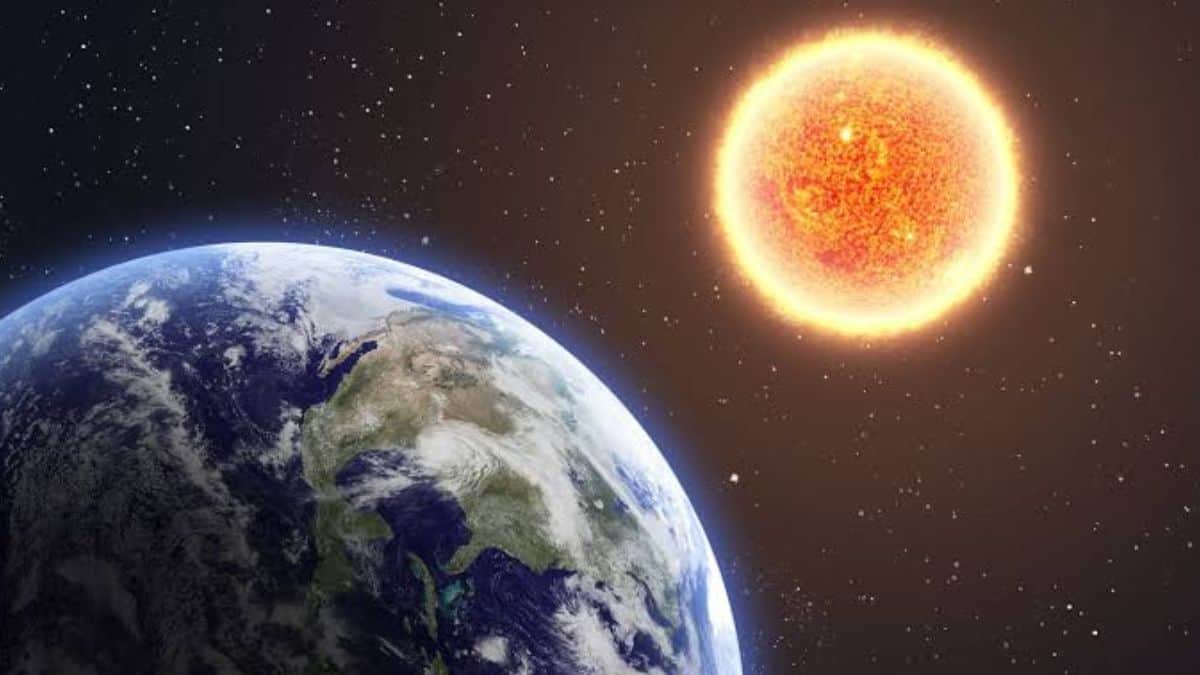Can Earth survive without the Sun?

The Earth revolves around the sun and that’s the very core of our planet’s existence. We have been glued to this idea and fact ever since we were in school. We are all aware about the various natural phenomenon that happens concerning the earth’s rotation around the Sun. Along with that, we know that the Sun’s energy facilitates life on the earth. The Sun’s gravitational pull keep the earth and the other planets in the Solar System interlocked in their orbits. The Sun, which weighs at 333,000 times the mass of Earth exerts a heavy gravitational pull on the earth.
Science classes in school introduced us to the concept of photosynthesis. This in turn taught us how plants make foods with the help of Sun’s energy. We also know that Sun stands at the initial point of the Food Chain.
Thus, it isn’t surprising to question the after effects of a scenario in which the Sun disappears.
You must know that it takes roughly 8 minutes for the Sun’s light to reach the earth. Therefore, if the sun disappears suddenly, the earth would still have its light for the next 8 minutes, until it fades out completely. Although, life on earth would not end right after that, it will still be the start of the aftermath.
We would feel the sun’s gravitational pull disappear after 8 minutes, according to Einstein’s theory of relativity, as gravity travels at the same speed of light. Once sunlight completely stops, photosynthesis would not take place and plants will die out. However, some large trees can survive decades without it and thus would exist for some more time.
As time escalates, temperature on earth will subside down and humans would die soon after. Life on earth requires an average surface temperature of 15 degree Celsius to exist. It will take around 2 months for the ocean’s surface to freeze and around thousand years for the seas to turn completely solid. The atmosphere would collapse along with radiation seeping in and the earth would end up as a complete wasteland. The earth might hold some temperature from the last time it received the sun’s light, however that would not be enough for a long time survival.
If the sun just stops emitting light and is still present in its place, the earth would still be in its orbit. In any other scenario, the earth would drift aimlessly in the space. Once the earth comes out of its orbit it would traverse aimlessly and may collide with other celestial bodies. This can cause complete destruction of the earth. The earth would move ahead in a linear path after losing its orbit. However, things will change if the earth reaches a new star system. Once it finds a new centre, it may start revolving around it’s nearly found orbit.
If the sun only stops providing its light and other type of energies were still sent to the earth, chemolithotrophic life would still exist. In addition, humans can still grow plants with artificial light. The human civilization would have to adapt to living in the dark.
The Sun’s disappearance would not only affect the earth, but the other planets in the Solar System as well. It would be a catastrophe in the vast universe. All the planets would be harmed in their own way and might end up being destructed.

